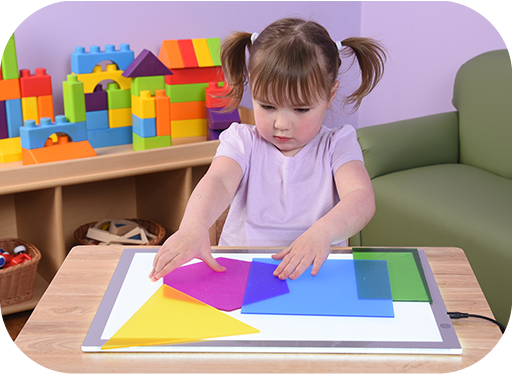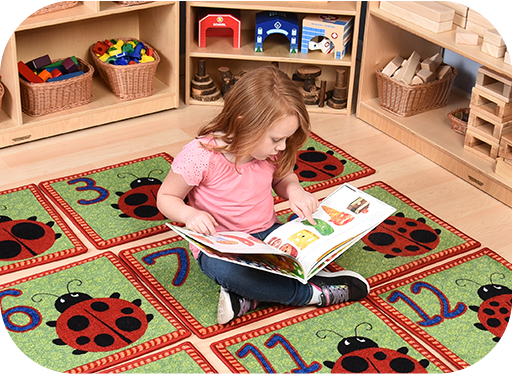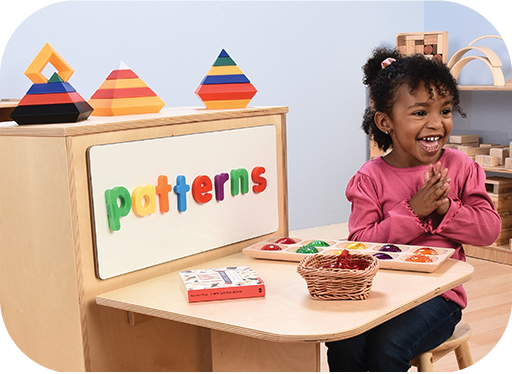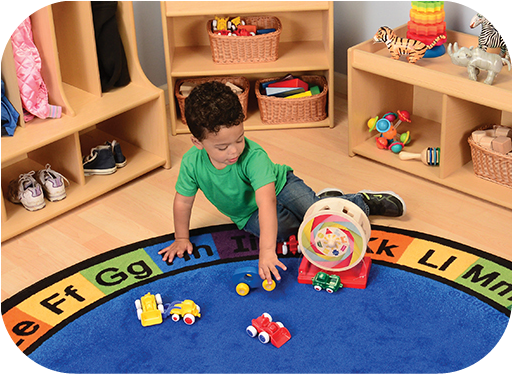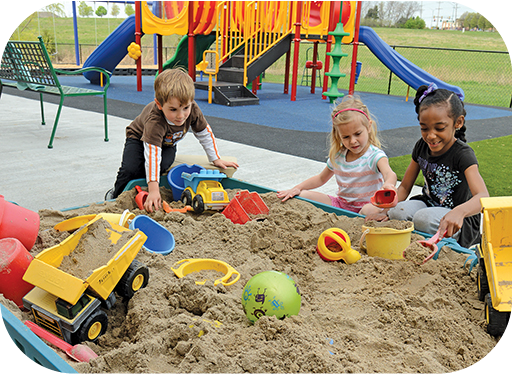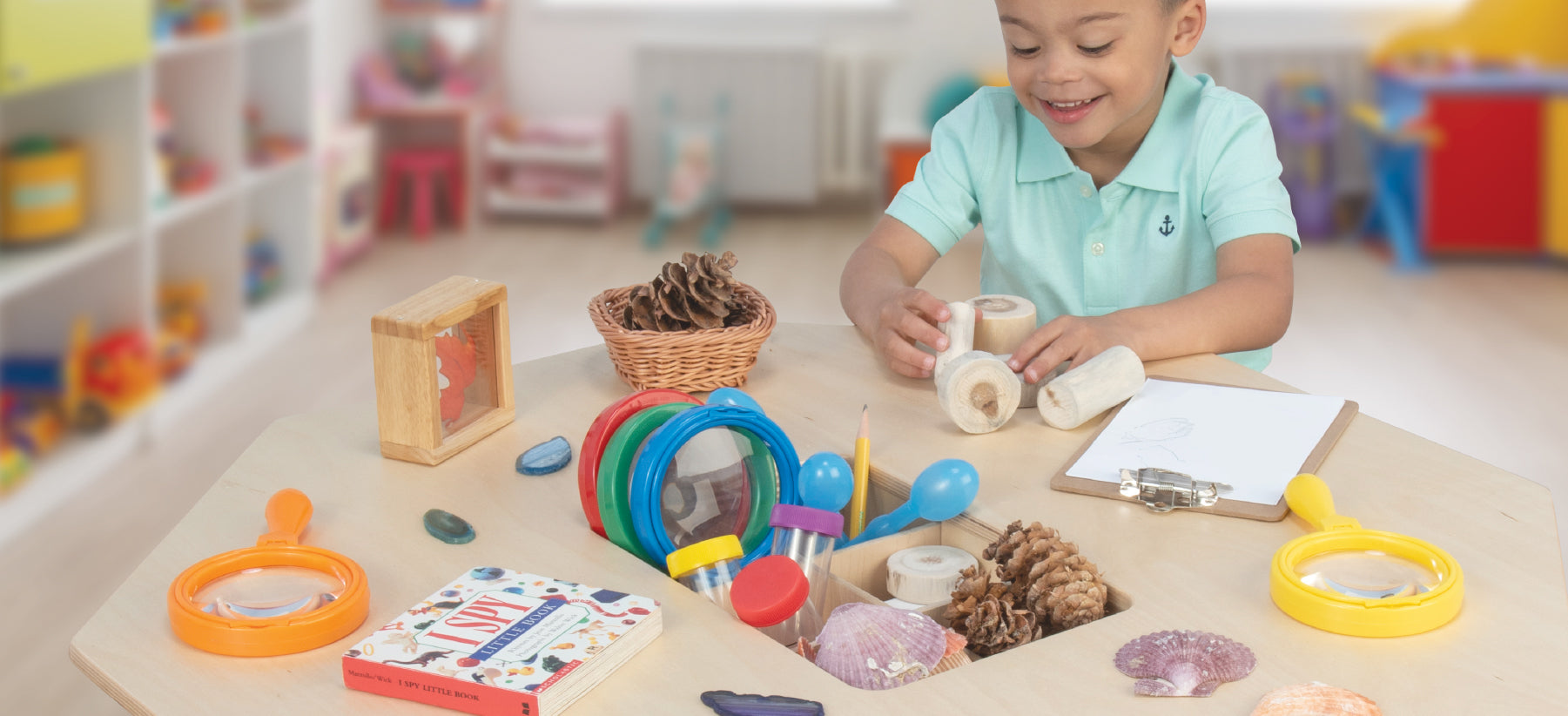
Exploring Science: Where Curiosity Begins
A three-year-old child bends over and intently watches a bug crawling in the grass on the playground. A four-year-old playing in the water table pours water from a pitcher into a cup and laughs when it overflows. A five-year-old sorts pinecones by size and type at the table. What do all these children have in common? They all are exploring science!
Science can be the simplest of domains for teachers to encourage. Building a sense of wonder inspires children to explore, ask questions, and be curious about the world. That’s what it takes to be a scientist: being able to look at all parts of the world, whether its physical science, life science, or the earth’s environment. More importantly, it instills in young children, the value of being one in nature.
Physical science encompasses describing physical characteristics of materials, cause and effect, and acting on something to cause a different reaction. It’s learning about the physical properties of objects and materials.
Learning opportunities for physical science are easy to find. Here are only a few great examples:
- Notice that a ladybug is red and crawls. What other interesting things do we notice about the ladybug?
- Pouring different amounts of water into a cup and stopping before it overflows. How do we know when to stop? What happens if we don’t stop... let’s try it!
- Sorting all the small pinecones in one pile and the skinny pinecones into another. How are the pinecones the same? How are they different? What words can we use to describe the pinecones?
Life science is the amazing world of people, animals, and plants and discovering that they all grow. Determining whether something is a living material brings the realization to young learners that life is all around us.
Need some ideas?
- Plant a seed in the ground and watch what happens over a series of weeks. What does the plant need every day to survive? What if it gets too cold, or too dry?
- Feed the classroom goldfish. What does the fish do when he spots the food floating on the water? Why is this fish dependent on us for food vs perhaps a fish in the ocean?
- Put a hand over a beating heart to encourage children to appreciate growing and living things. What do they feel? Can we hear a heartbeat?
The earth’s environment is right at children’s fingertips. The delicate balance of a preschooler’s playground holds many materials to explore in the science world. Whether its grass, weeds, and dandelions growing in a sunny spot or finding acorns and rocks under a shady tree, science is only a step away.
Take a nature walk – even if right around the school grounds – and see what your little explorers discover! Sometimes they find the most amazing treasures that even we can miss.
- Big rocks and little rocks?
- Wet and dry ground?
- Worms digging trenches?
- Berries growing on a bush?
Helping children discover nature and science helps to promote their curiosity and a sense of wonder in everything around them. Simply learning to appreciate all things under the sun, and taking the time to enjoy them, is a life skill that will last forever.
Click here for Nature's Footsteps
Click here for Mobile Science Cart
Click here for E-Z View Magnifiers w/Stand


